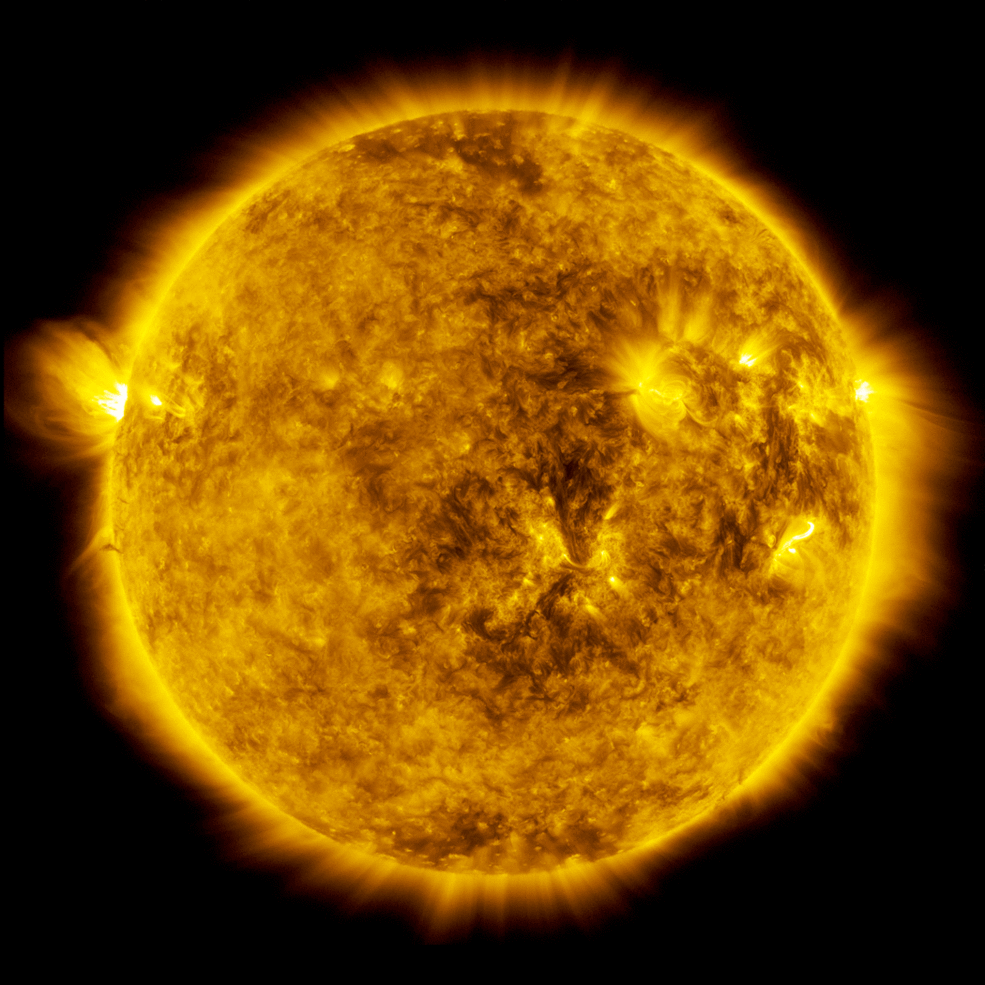NASA’s Solar Dynamic Observatory saw a partial solar eclipse in space on May 25. It all happened as the moon passed in front of the Sun. This partial eclipse lasted about an hour.
Last Thursday, the moon crossed in front of the Sun covering 89 percent of the Sun at the peak of the eclipse. NASA also announced that the next lunar transit would take place in August. NASA is also tempted to launch a spacecraft into the Sun’s atmosphere to conduct an investigation. The announcement will be made next Wednesday.

The solar eclipse covered most of the Sun
The latest solar eclipse happened on May 25, lasting about an hour. It started at 2:24 p.m. and ended at 3:13 p.m. At its peak, it covered 89 percent of the Sun. Images and videos were captured by NASA’s SDO as the moon transited covering the Sun’s face. The moon’s horizon could be seen by the SDO since the moon has no atmosphere to distort sunlight. This allows scientists to collect more data about this particular event.

“While the moon’s edge appears smooth in these images, it’s actually quite uneven,” NASA officials wrote in an image description. “The surface of the moon is rugged, sprinkled with craters, valleys, and mountains. Peer closely at the image, and you may notice the subtle, bumpy outline of these topographical features.”
Next lunar transit is expected to take place on August 21
The SDO will witness another solar eclipse on August 21, 2017. This time, the moon is supposed to transit across the Sun, but it will only cover a small part of this star. People will be able to watch the moon obscuring the sun entirely from Oregon to South Carolina, in the case of the United States. In the rest of the country -as well as in parts of South America, Africa, Europe and Asia- people will be able to see a partial eclipse.
By using NASA’s Lunar Reconnaissance Orbiter along with NASA’s topographical data of Earth, visualizers can map the next eclipses with high precision. It is important to understand that the shadow or umbra shape varies with time, so it is an irregular polygon with curved edges. The SDO will see part of the eclipse once it is not visible in the United States.
NASA is planning to go to the Sun’s atmosphere
NASA is planning to launch a spacecraft into the Sun’s atmosphere to gather data about this celestial body. This mission is called the Solar Probe Plus or SPP, and it is expected to be launched in summer 2018. It will fly within four million miles from the Sun, which is seven times closer than any other spacecraft has been to the Sun. Details about this ambitious mission will be announced next Wednesday at 11 a.m. from the William Eckhardt Research Center Auditorium.
“Solar Probe Plus will swoop to within 4 million miles of the Sun’s surface, facing heat and radiation like no spacecraft before it,” the space agency noted.
Source: Space
